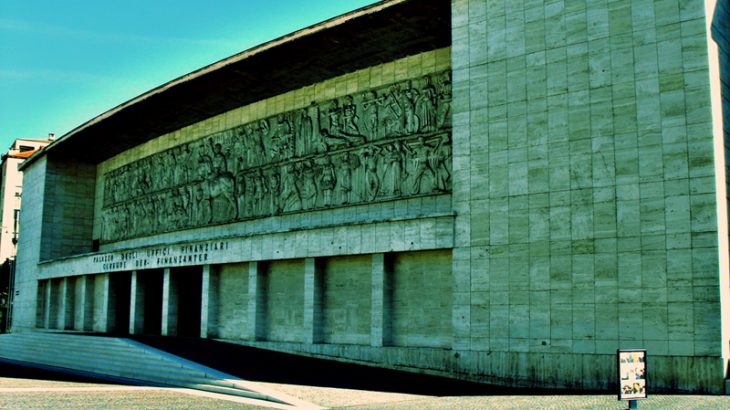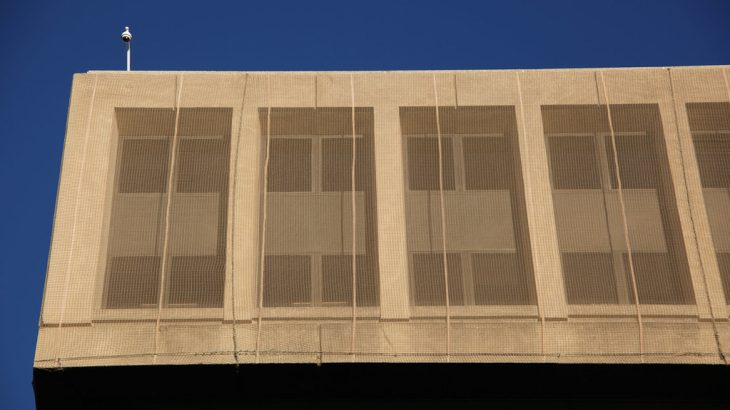Hello, fellow building pros! When it comes to construction, concrete facades have been a popular choice for their durability and modern aesthetic. However, they aren’t without their fair share of challenges. In this guide, we’ll explore the problems commonly associated with concrete facades and how to address them.
The Appeal of Concrete Facades
Modern Aesthetics
Concrete facades offer a sleek, contemporary appearance that’s favored by architects and designers for many commercial and residential buildings.
Durability
Concrete is known for its robustness and longevity, making it an attractive choice for exterior applications.
Problem 1: Cracking
Causes of Cracks
Concrete facades can develop cracks due to various factors, including:
- Shrinkage: As concrete cures, it can shrink, leading to hairline cracks.
- Temperature Fluctuations: Extreme temperature changes can cause expansion and contraction, resulting in cracks.
- Settlement: Uneven settlement of the building’s foundation can stress the facade, leading to cracks.
- Poor Workmanship: Inadequate construction practices can create weak points in the facade.
Addressing Cracking
To tackle cracking, consider the following:
- Control Joints: Incorporate control joints during construction to control where cracks may occur.
- Regular Maintenance: Inspect the facade regularly and repair any cracks promptly to prevent water infiltration.
Problem 2: Stains and Discoloration

Stain Sources
Concrete facades can suffer from stains caused by various factors:
- Algae and Mold: Organic growth due to moisture can lead to unsightly stains.
- Mineral Deposits: Efflorescence, a white, powdery residue, can form due to mineral deposits.
- Air Pollution: Pollutants can cause discoloration and staining on concrete surfaces.
Addressing Stains
To deal with stains and discoloration:
- Cleaning: Regular cleaning with appropriate detergents can remove stains.
- Sealing: Apply a quality sealant to protect the concrete from moisture and pollutants.
- Pressure Washing: High-pressure washing can effectively remove surface stains.
Problem 3: Water Infiltration
Causes of Water Infiltration
Water infiltration through concrete facades can result from:
- Inadequate Sealing: Improper sealing allows water to penetrate the concrete.
- Cracks: Even minor cracks can allow water to seep in.
- Flashing Issues: Poorly installed flashing can create entry points for water.
Addressing Water Infiltration
To prevent water infiltration:
- Sealing: Ensure the facade is adequately sealed and reapply sealant as needed.
- Flashing Maintenance: Regularly inspect and maintain flashing to prevent leaks.
- Crack Repair: Promptly repair any cracks to prevent water entry.
Problem 4: Weathering
Effects of Weathering
Concrete facades are exposed to the elements and can undergo weathering, leading to:
- Surface Erosion: Harsh weather conditions can wear down the concrete surface.
- Color Fading: Exposure to UV rays can cause color fading.
- Crumbling: Freeze-thaw cycles can lead to surface crumbling.
Addressing Weathering
To combat the effects of weathering:
- Protective Coatings: Apply weather-resistant coatings to shield the facade from the elements.
- Regular Cleaning: Cleaning the facade can remove dirt and pollutants that contribute to weathering.
- Repainting: Consider repainting the facade to restore its appearance.
Problem 5: Structural Integrity
Structural Concerns
Over time, concrete facades can face structural challenges like:
- Foundation Settlement: Uneven settlement can affect the facade’s integrity.
- Corrosion: Reinforcement bars can corrode, weakening the structure.
- Vandalism: Deliberate damage can impact the facade’s strength.
Addressing Structural Concerns
To ensure structural integrity:
- Foundation Inspection: Regularly inspect the building’s foundation for settlement issues.
- Rebar Protection: Properly seal the facade to protect reinforcement bars from corrosion.
- Security Measures: Implement security measures to deter vandalism and protect the facade.
Problem 6: Environmental Impact
Environmental Concerns
The production and maintenance of concrete facades can have an environmental impact, including:
- Carbon Footprint: Concrete production is energy-intensive and contributes to carbon emissions.
- Waste: Demolishing or replacing concrete facades generates waste.
- Resource Consumption: The use of raw materials like sand and gravel depletes natural resources.
Addressing Environmental Concerns
To minimize the environmental impact:
- Green Building Practices: Implement sustainable construction practices and use eco-friendly materials.
- Recycling: Explore recycling and repurposing options for concrete materials.
Wrapping It Up
Concrete facades offer durability and a modern aesthetic, but they come with their share of challenges. Cracking, stains, water infiltration, weathering, structural concerns, and environmental impact are all factors that building pros need to consider. However, with proper construction practices, regular maintenance, and a focus on sustainability, many of these problems can be effectively addressed.
By understanding the common problems associated with concrete facades and taking proactive measures, building professionals can ensure that these architectural features continue to provide a strong and attractive exterior for years to come.



















